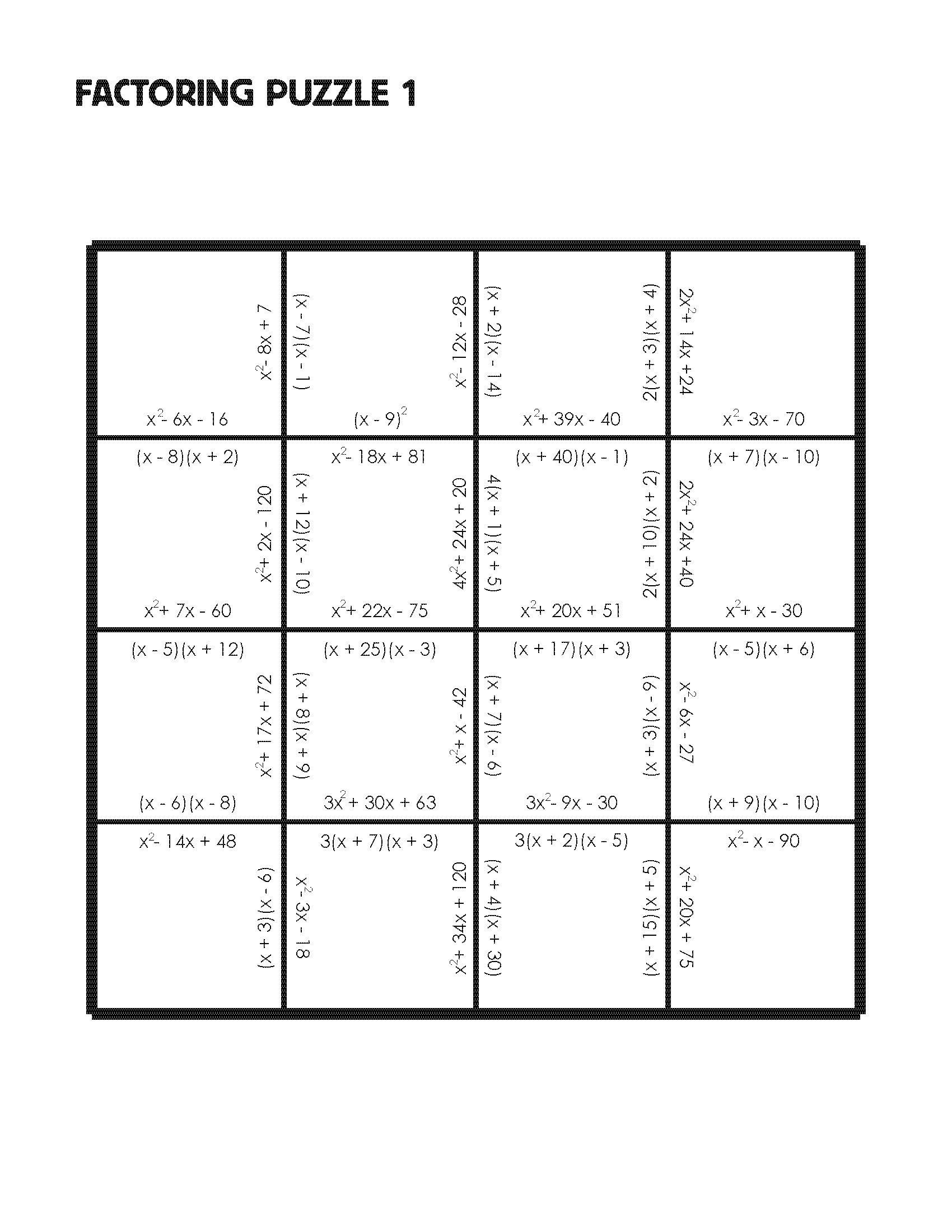The Overview
Improve student literacy by focusing in on the math terms surrounding quadratic functions, and then play Taboo using those terms.
The Description
Warning: Your students will have a lot of fun with this.
Taboo is a game where you try to get your team members to say the word on your card, but there are a list of restricted words that you cannot use in your descriptions.
I read Fawn Nygun’s Taboo activity and I wanted to do it with my class. I love how she implemented it by having her students create the cards. But I decided to control the words in Taboo by creating the cards myself. This allowed me to scaffold it by first focusing on improving student literacy on the words that I had put into the game.
To scaffold the words that were going into Taboo I decided to use Frayer Models. I created the packet “My book of Frayer Models” and we did two each day for a week. It was a warmup activity that they did when they first walked into class, probably took 20 to 30 minutes each day. Below is an example of one of the pages of a students Frayer Model book. I would give students the page number where the word could be found in their textbook, and I had them do the model themselves while I did the routines of checking off homework and taking role.
After I was done checking homework, taking role, I would randomly call on students and get my Frayer Model completed on the whiteboard. Lastly for each Frayer Model, I would put the word on the whiteboard and ask students for key words that describe it. This portion of the lesson acted as my substitute for when Fawn’s students wrote out their own taboo cards. We were essentially writing out a Taboo card as a class, and it allowed me to see what words the students deemed important.
After we finished their book of Frayer Models – It was time for Taboo!
The taboo cards focus on quadratic functions. I didn’t make them all related to quadratic functions in order to give students the illusion that the game was covering the entire book. The restricted words were choosen to leave the door open for good mathematical descriptions and not make the game too difficult. Thus for the word “parabola” I didn’t include “quadratic” as a restricted word. For me, the restricted words were really meant to try and take away the cheap clues, rather than the good mathematical clues – like for instance with the card “Domain” I restricted “Range” but I did not restrict “x” or “value”.
The rules for Taboo were basically the same as Fawn’s, but here they are:
- Class is divided into 2 teams, Team X and Team Y.
- Team X goes first: two people from Team X come up to front.
- Skipping a word is not allowed.
- Team has 1 minute to get as many right as possible.
- No hand gestures.
The Keynote slides attached below have a description of how I explained the Taboo game to the students.
For the final round, I was describing each card and giving points to the team that could guess it first.
The Advice:
– I would let one student volunteer to come up and I would randomly select a second student to join them. I had students who never volunteer for anything, volunteering for this.
– Ultimately if the students knew the goal of Taboo was to work vocabulary of quadratics, then they could just list off all those key words every round. So it’s important to do the following two things in order to give the students the illusion that any term in the book is possible.
- Do not tell the students that they are going to use the terms from the Frayer Models to play Taboo. Even though every term from the Frayer Models are in the game, the students don’t need to know that. I even collected the Frayer Models to day before playing Taboo.
- Throw in some math terms that do not have to do with quadratics.
– Students liked to say things like “the opposite of” – so if you have a card for maximum, make sure minimum is a restricted word.
– Use the restricted words to keep students from being able to use a non-math description.
– Have your TA cutout the Taboo cards and glue them to playing cards.
The Results:
A high level of engagement. Definitely an animated class and everyone enjoyed the activity. Students were shouting out a lot of great vocabulary, and I felt good that the Frayer Models had given them improved math literacy.
The Goods:
QuadraticTabooCards (There are only enough cards here for 2 or 3 one minute rounds if you have two teams)













